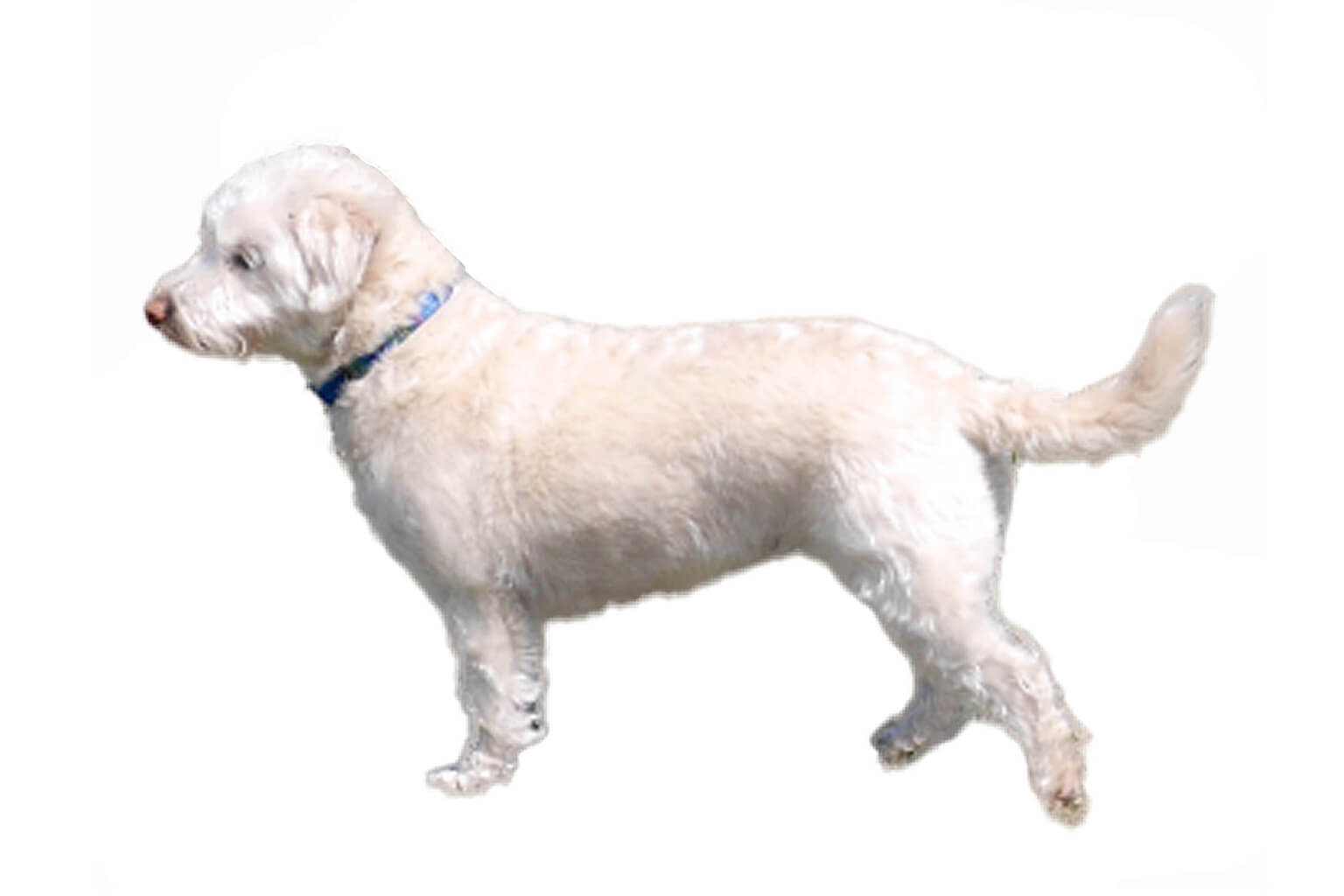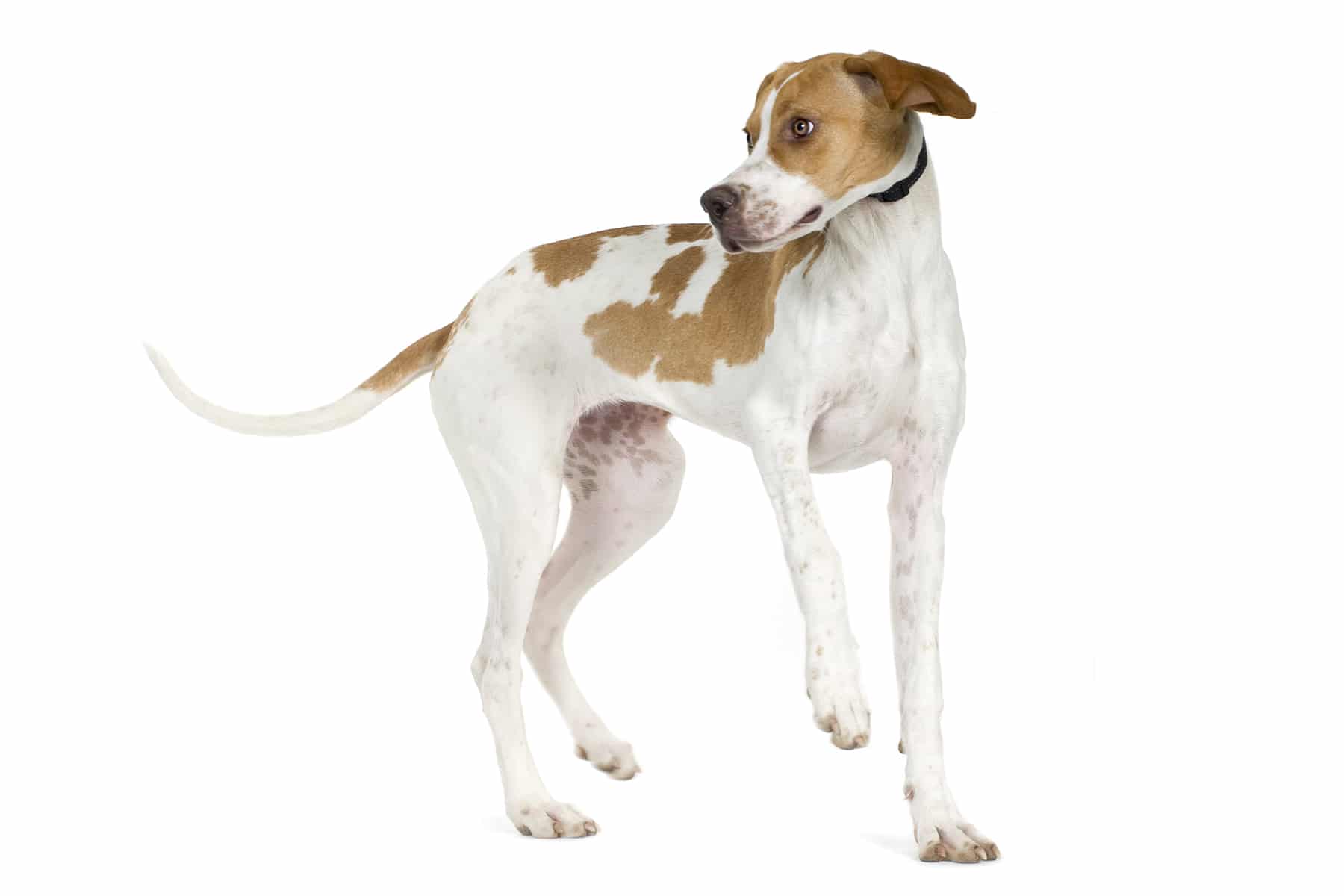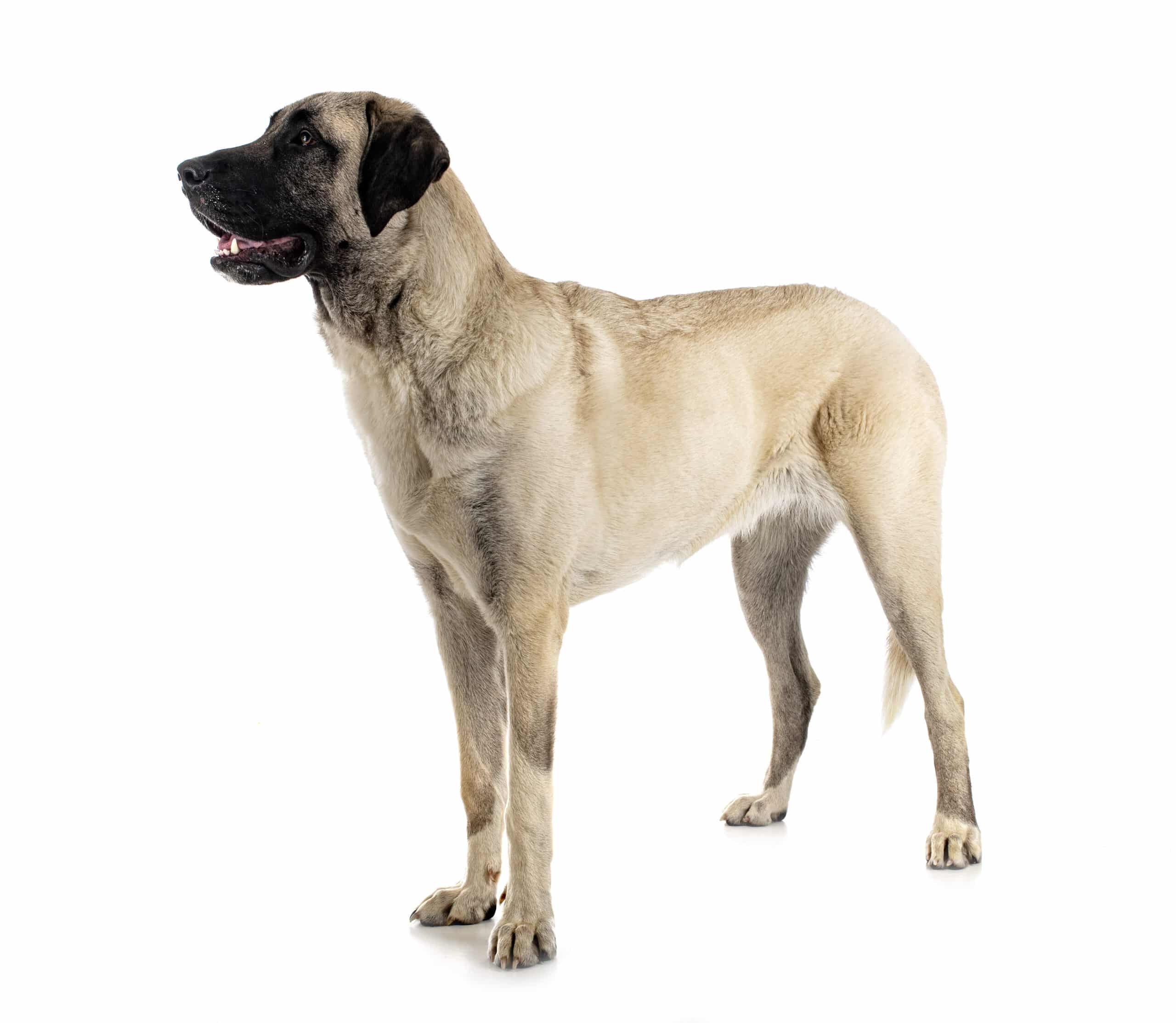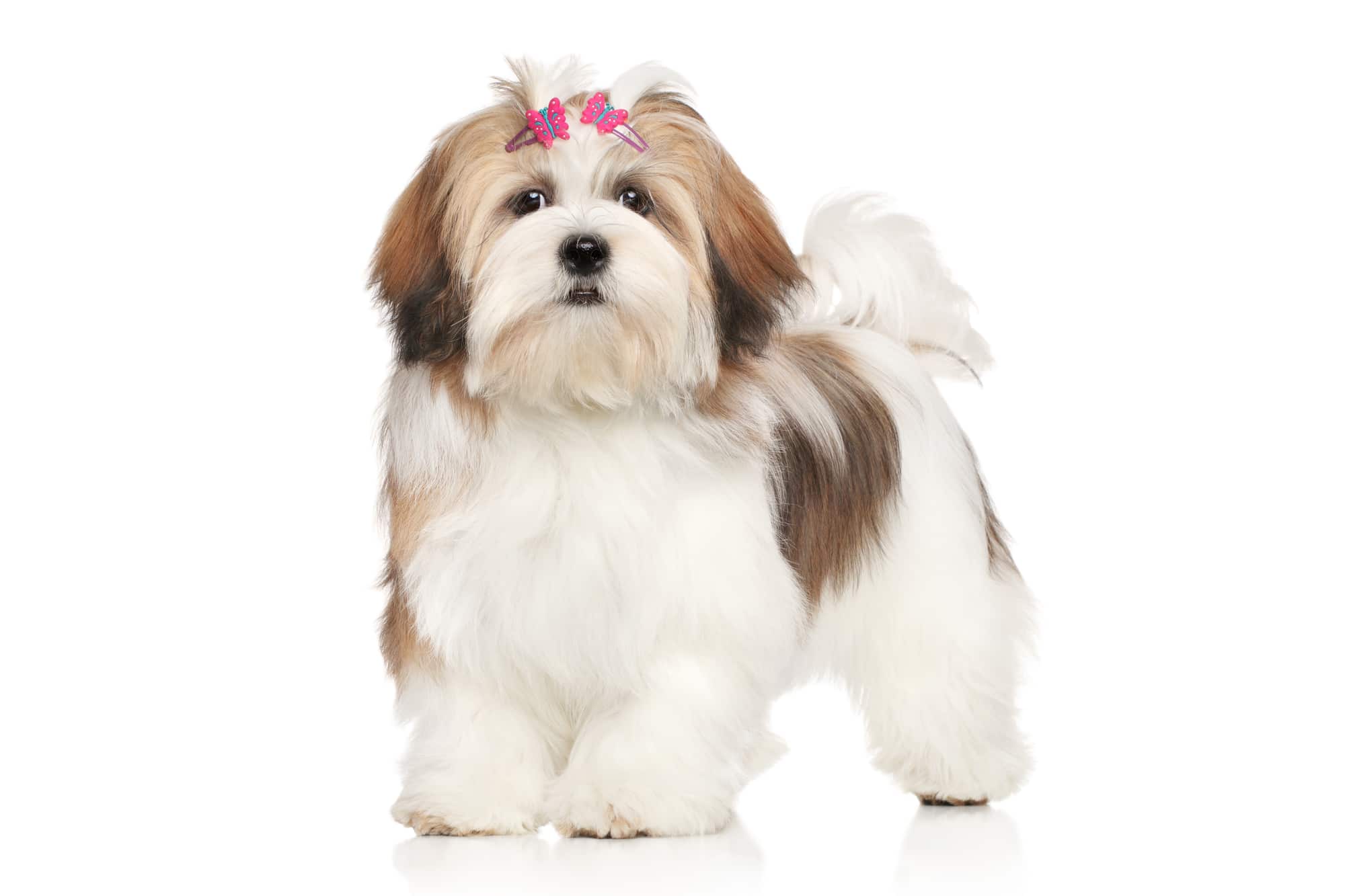Löwchen



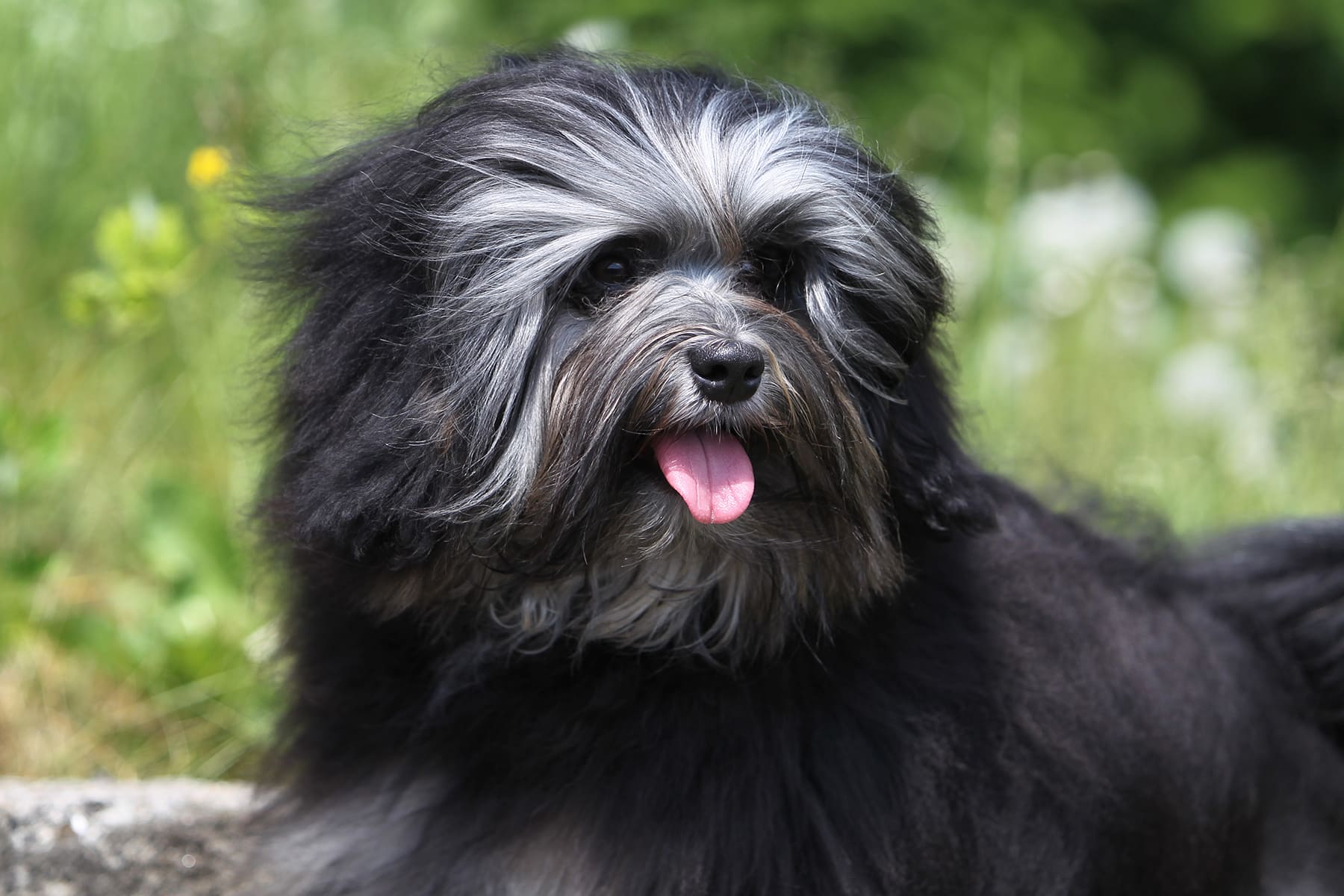
Temperament:
The Löwchen or Little Lion Dog is not a typical domestic dog in Germany. They are rather unknown and rare. Nevertheless, they should not be underestimated. Contrary to their name, they are small and very easy to care for dogs. They were bred to entertain their owners. They are also ideal for beginners and families with children.
Characteristics
With a maximum height at the withers of 32 cm, the Löwchen is a medium-small dog breed. When fully grown, it weighs around 6 kg and has a strong build. The coat is long and dense, wavy and consists only of top coat without undercoat. All coat colors are permitted and combinations are expressly desired. The curled tail is also covered with long hair and is carried over the back.
The Löwchen owes its name to the fur on its head, which resembles a lion's mane. The ears sit quite low on the head and are of medium length. A Löwchen's coat is mandatory at shows. The rear part of the body is shorn except for the tail and paws. The unshorn coat on the front of the body and head remains uncut and completely natural.
These little Frenchies are good-natured and friendly dogs. They are very affectionate towards their humans and always want to please. They are intelligent and enjoy practicing tricks. Nevertheless, the Löwchen is a relaxed dog that likes to cuddle and is not prone to nervousness.
This makes them ideal for beginners. Other dogs and children are also no problem. This breed takes great pleasure in playing with other dogs and people of all ages.
The Löwchen has a low urge to move. It can therefore also be kept well in small apartments. The advantage of this breed is that it hardly has any hair.
Nevertheless, walks are of course a must. The little Frenchman prefers to explore the area at a leisurely pace rather than running alongside a bicycle. Mental exercise and attention from his human are also particularly important to him.
Coat care:
Shedding:
Energy level:
Trainability:
Children suitable:
The right food
When choosing food, make sure that it contains high-quality ingredients, is balanced and meets your dog's requirements. Age, size or weight, activity and health status play an important role. You should follow the manufacturer's recommendations for the amount of food.
Treats should only be fed in moderation and deducted from the basic diet to avoid obesity.
Puppies can be fed 4-6 times a day. The number of meals should be gradually reduced to 2 per day until the dog is fully grown. A rest period should be observed after meals.
Fresh drinking water should be available at all times.
Health & Care
The Löwchen's long coat is demanding to groom. It needs to be combed thoroughly at least twice a week. As the coat is very thick and branches and dirt can easily get caught in it, it should be brushed briefly after every walk.
The eyes must be clear so that the dog can see. Otherwise hair can get into the eyes and cause irritation. For hygienic reasons, the fur on the bottom should also be trimmed regularly. Hair on the ears can be carefully removed with scissors and make sure that the ears are clean.
Although the Löwchen is a robust dog, it is prone to hypothermia due to its size. This is also due to the fact that it has no undercoat. Longer walks in winter should therefore only be undertaken with protective clothing. If your dog is partially shaved, there is a risk of sunburn on the bald skin in summer. This can be prevented with special sun creams or thin clothing.
Paw care is no different for the Löwchen than for other breeds. Make sure to wash off the salt in winter. If the temperature is high in summer, you should also avoid hot roads. The pads can be rubbed with Vaseline or balm to make them supple and prevent them from drying out. Many dogs really enjoy this massage!
Suitable accessories
A good brush for long fur and small scissors for trimming the eyes, bottom, paws and ears are important. A good dog shampoo is also important. But only wash your dog when necessary, otherwise he will lose his natural protective coat!
Otherwise, you will of course need general dog accessories such as a food bowl, sleeping place, lead and harness. The exact fit of the harness is very important, so you should try it on before buying. A winter coat is also recommended. Make sure that the coat fits well and does not restrict the dog's movement.
Your dog will also need tick tweezers, claw clippers, a toothbrush and toothpaste for dogs, a transport box for transportation in the car and a first aid kit. It's best to ask your vet what should be in the first aid kit.

Origin & History
The Löwchenalready existed in the Middle Ages. Its existence is documented in paintings and drawings from the 13th century. This breed was bred to serve as a lap dog to keep ladies occupied and as a "hot water bottle" in bed.
These dogs lived in high-ranking families and served as companion dogs. Statues and woven carpets showing a lion-like shorn dog bear witness to the esteem in which the Löwchen was held at the time. The breed was widespread throughout Europe, but its country of origin cannot be precisely determined. Today it is considered to be a breed of French origin, as the first stud book was kept there.
The Löwchen is a subspecies of the Bichon and thus closely related to the Maltese, Havanese and Bolognese. With the end of the monarchies, the popularity of the lapdog declined rapidly. At the end of the 19th century, the Löwchen became increasingly rare until there were only around 40 of them left. A Belgian breeder took on the breed and saved it from extinction. Since then, it has been increasingly bred again.
In 1976, the British Kennel Club recognized the breed for the first time. The breed has also been officially recognized by the FCI since 1995. The external appearance of the Löwchen has not changed since it was first described.
Today, the Löwchen is still a rare dog in our country. In 2016, there were 116 officially registered puppies in Germany.
